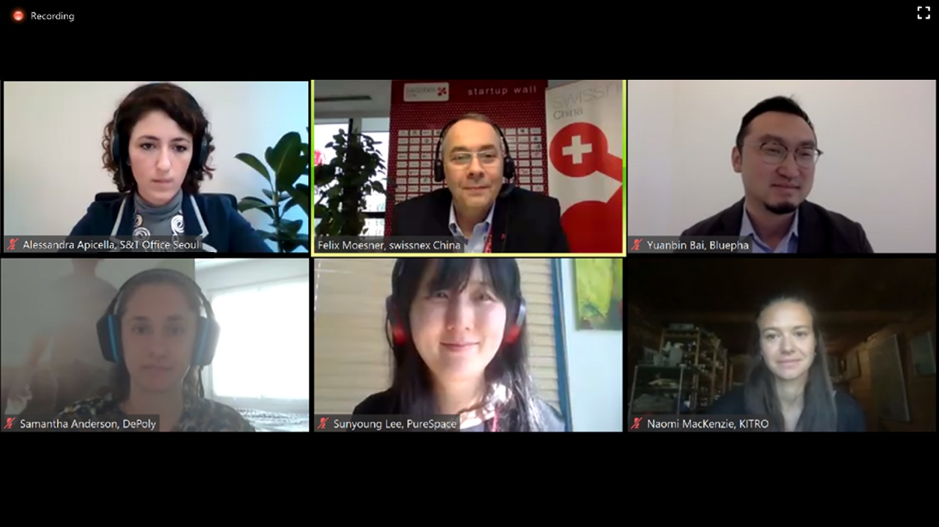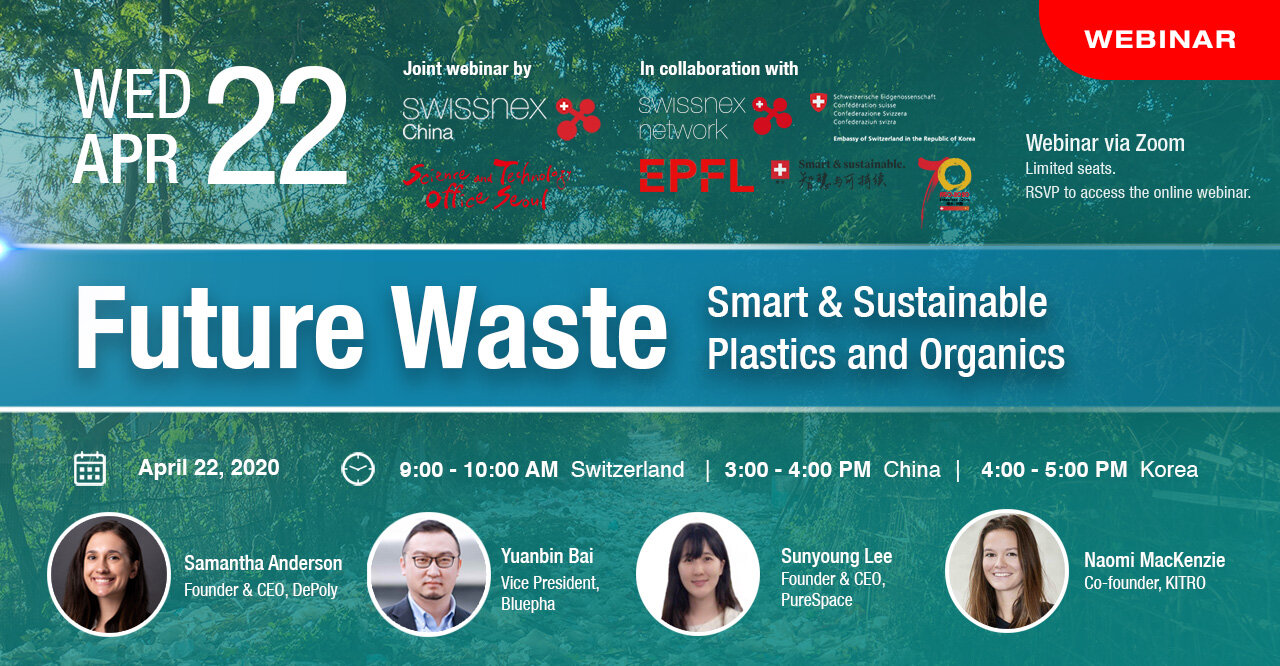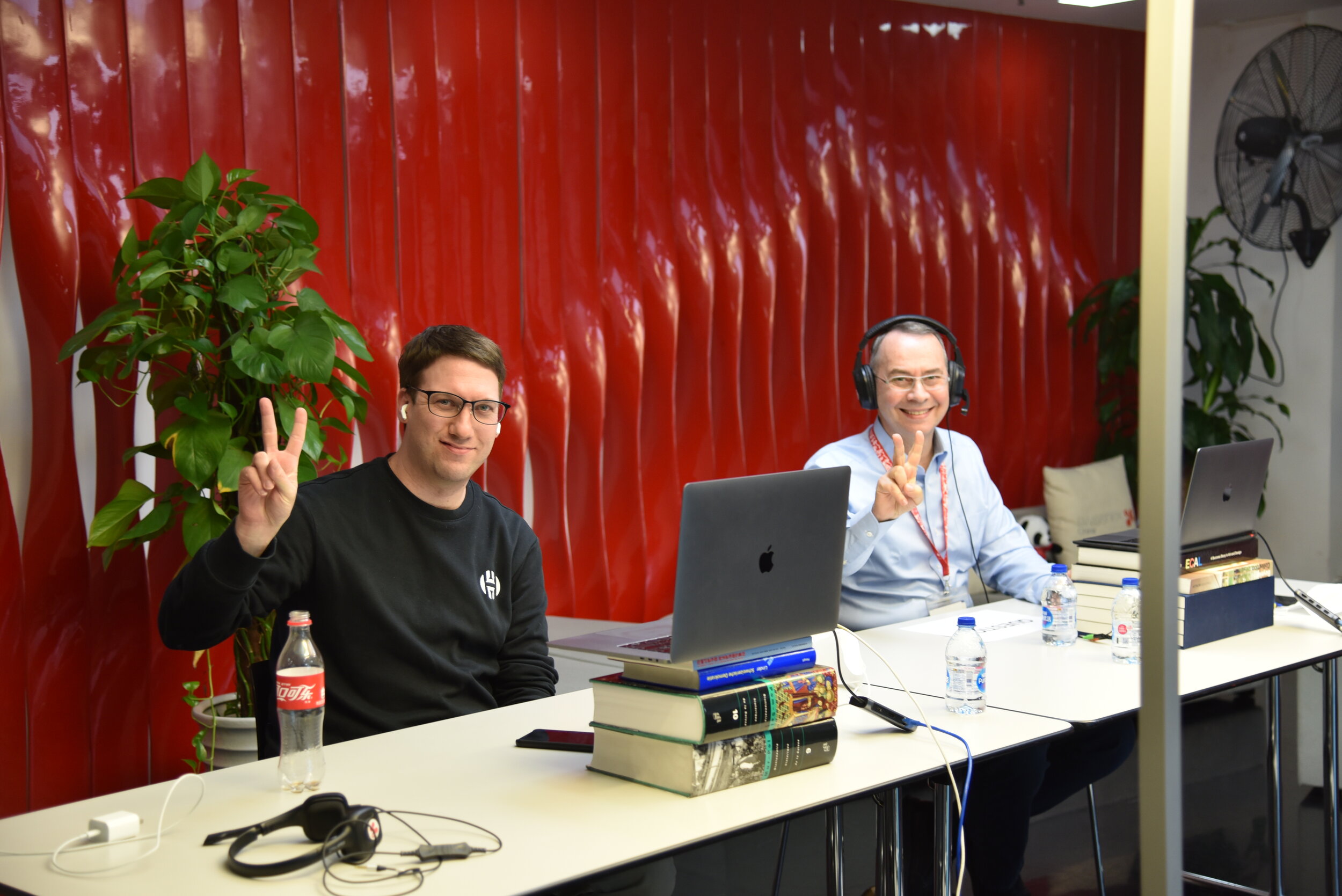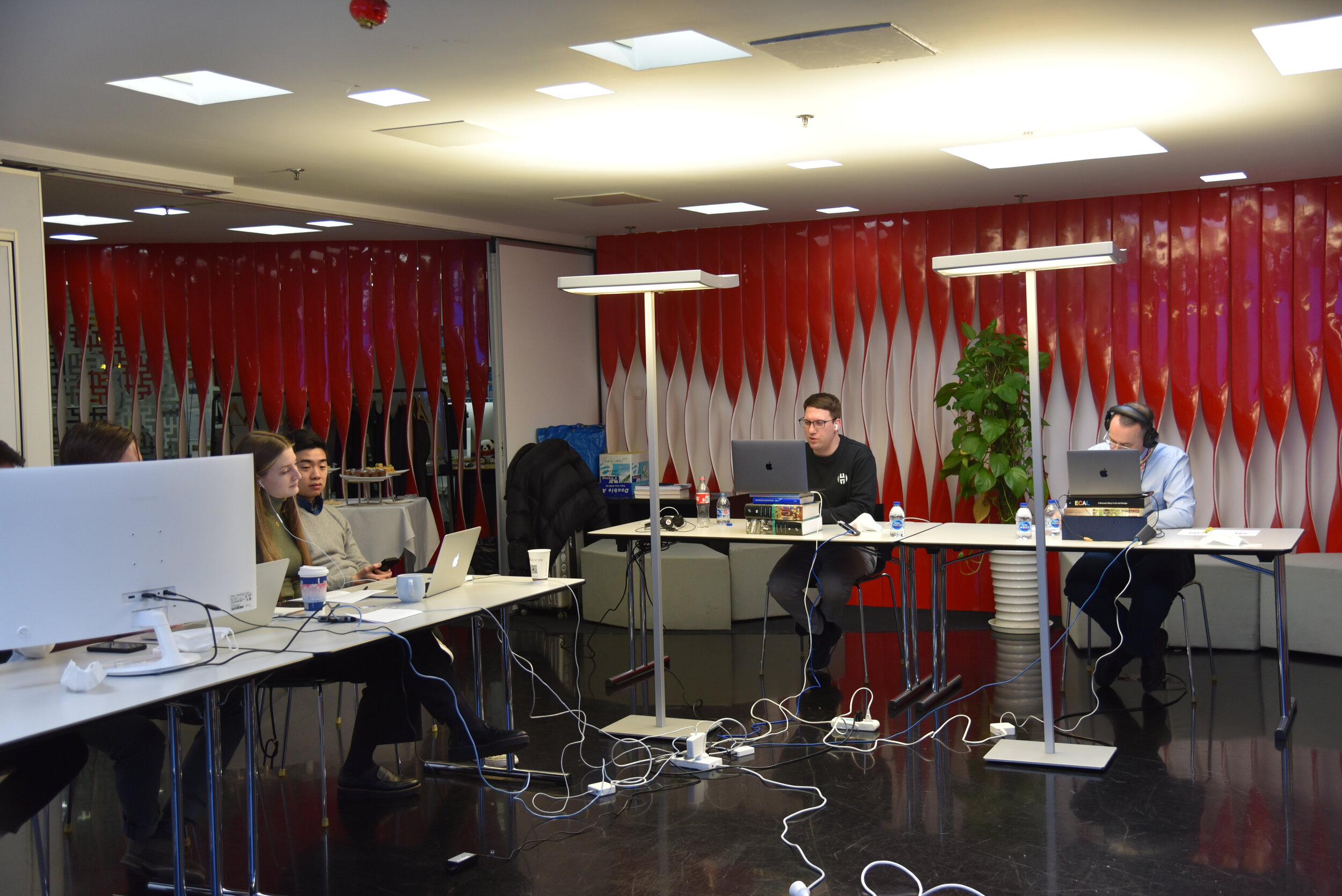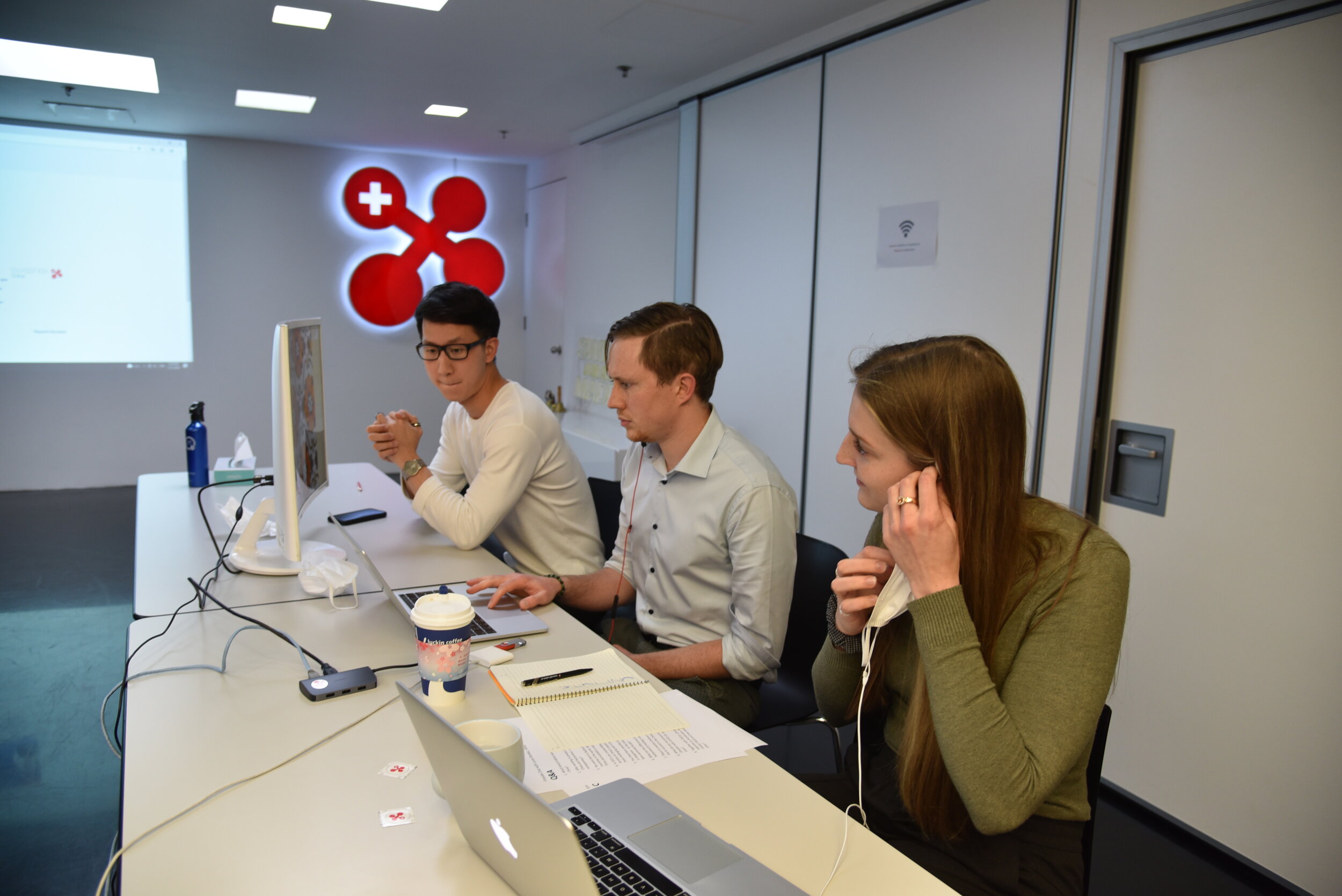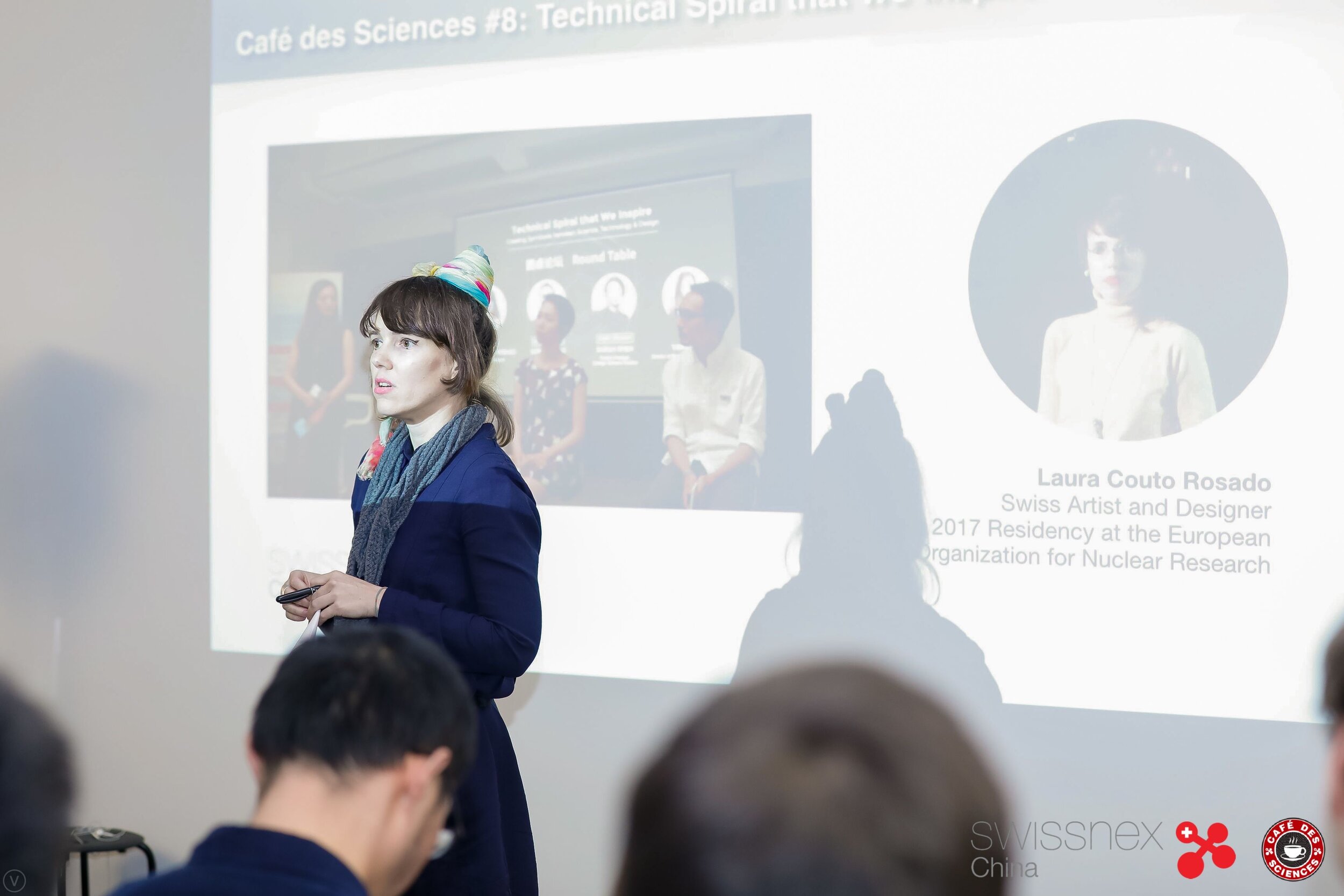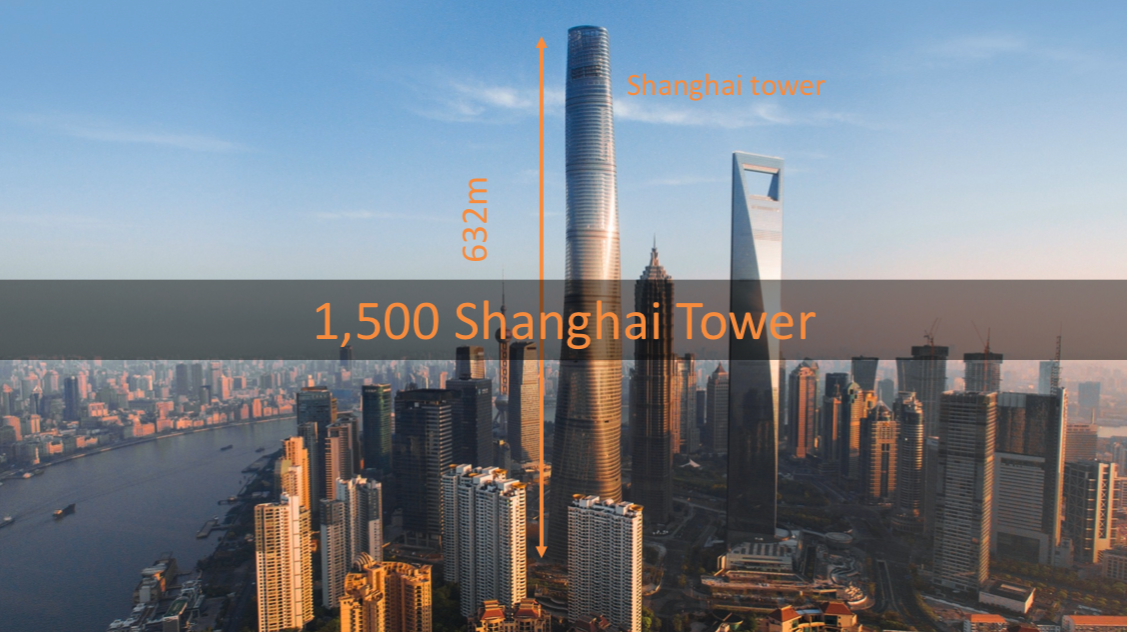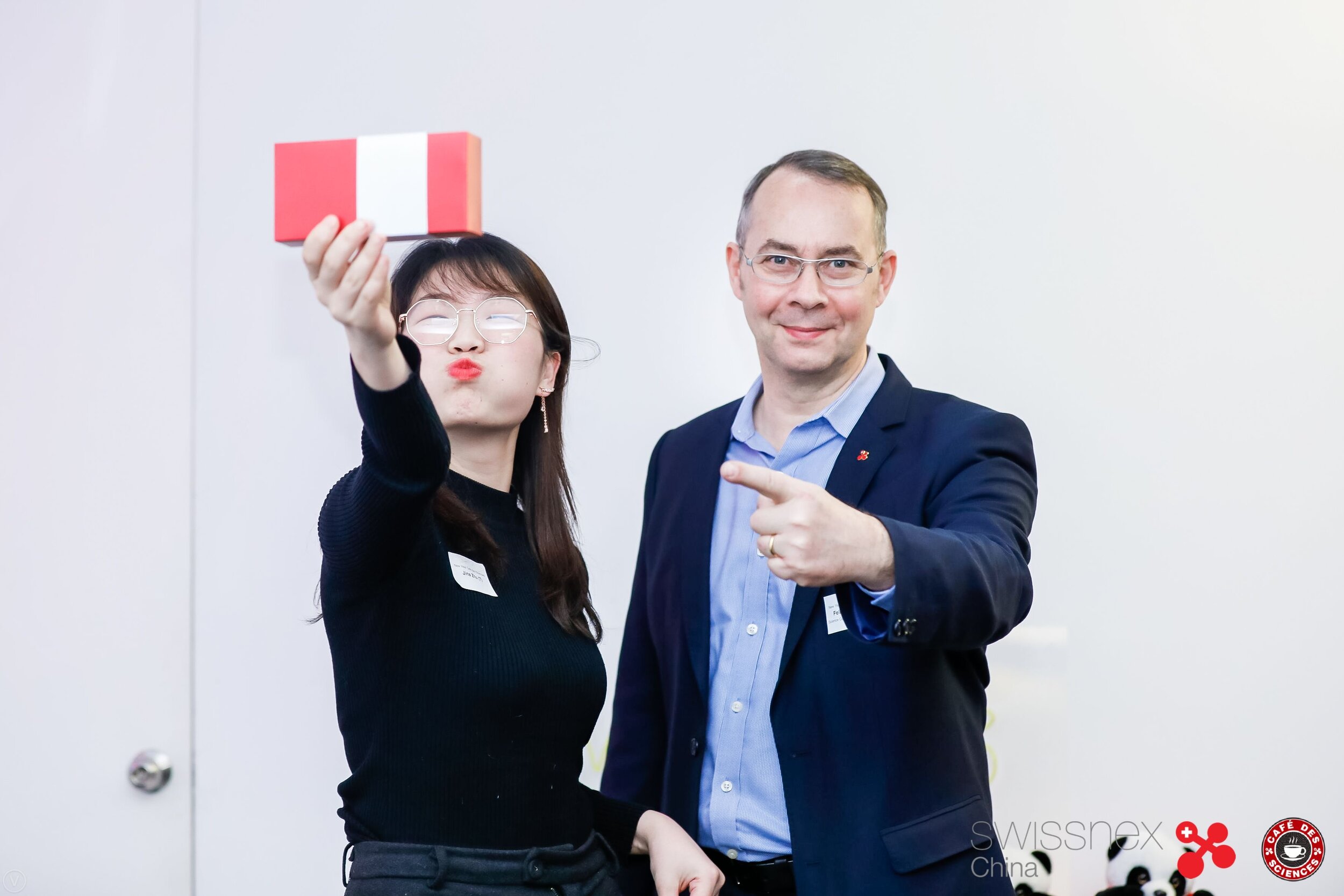By Duy Nguyen, Junior Project Manager Innovation & Entrepreneurship
Continuing the tradition of SwissTech startup pitching in the framework of the Consumer Electronic Show CES ASIA, which was unfortunately postponed due to COVID-19, the SwissTech Pitchinar 2020, a pitching competition in webinar format, was launched as a world-premiere on June 10, 2020.
The pitchinar spotlighted groundbreaking SwissTech, providing a platform for game-changing partnerships with investors, mentors, experts, potential business partners and highly engaged audiences.
20 leading Swiss startups in the fields of Advanced Instrument, A.I., A.R/V.R, Biotech, Blockchain, Cybersecurity, Energy, Fintech, HealthTech, IoT, Robotics, Software and VehicleTech, presented their innovation with pitches of 90 seconds each, moderated by Jordi Monserrat of Venturelab. He is the mastermind behind the iconic Venture Leaders program, an international roadshow for world-class startups. The grande finale with Swiss Ambassador to China Bernardino Regazzoni virtually presenting the trophy to the winner marked the peak of the event. "For Swiss startups, China is a key market to explore. The 70th anniversary of Sino-Swiss diplomatic relations is a good illustration of the strong bond between the two countries," he said. Ambassador Nicolas Bideau, Head of Presence Switzerland and Gary Shapiro, CEO of Consumer Technology Association and organizer of CES, delivered keynote messages.
During the event, the startups were able to exchange with the prominent jury composed by James Chou, CEO & Managing Director at Microsoft for startups, Chengfei Yuan, Director of Tax Services at PwC China and Bin Sheng, Managing Director at SDIC Fund Management Co.
After the 20 pitches of 90 seconds each, Mithras Technology was crowned winner in front of more than 950 registrants including top universities, blue-chip companies, media and 238 investors.
The audience was impressed by the miniature thermoelectric generators of the young company from Graubünden. Their mission: to transform the heat of the human body into electricity. Mithras Technology wants to enable everyone to become their own power station. The founder, Franco Membrini said after his triumph:
“This was completely unexpected. We feel very proud and honored to have won the first SwissTech Pitchinar 2020! We already received lots of positive feedback from people reaching out to us, which could result in very interesting leads and this highlights the inestimable worth of such events… We would like to thank the team of swissnex China for an outstanding organisation and wish all the presented startups best of success!”
Moderator Jordi Montserrat with the finalists and winner
The podium of finalists was completed by STOR-H Technologies, the Aaquius spin-off specialized in solid hydrogen storage for electric vehicles; Eyeware and its eye-tracking software to be integrated into 3D cameras; and Swiss Terahertz whose expertise is in terahertz waves, the invisible electromagnetic waves that could compete with X-rays.
The outstanding performance of all participating startups demonstrate the strength of the Swiss innovation ecosystem and the excellence of the world-class Swiss universities.
“Today, we pioneered a powerful virtual platform for Swiss startups to establish game-changing partnerships with investors, mentors, experts, potential business partners and highly-engaged audiences on a global scale: an unprecedented way to add value and build bridges”, said Dr. Felix Moesner, Science Consul and CEO of swissnex China. “We saw overwhelming interest in our DeepTech startups and wish them every success with their many follow-ups.”
A big applause again to our 20 startups:
ariadne.ai GLOBAL ID Risklick Swiss Terahertz
Battronics holo|one Scientific Visual Tinamu Labs
Needless to say, our warm congratulations and huge thanks to the tech-driven startups for sharing with us their inspiring solutions for a smart & sustainable future: ariadne.ai ag, Battronics AG, Code Lane GmbH, collectID, Eyeware [Finalist], Global ID SA - EPFL Innovation Park, holo|one, !important safety technologies, KUDO, Mithras Technology [Winner], Risklick, Scientific Visual, Sevensense Robotics, Siodb, STOR-H by Aaqius [Finalist], Swiss Terahertz [Finalist], Tinamu Labs, TRUSTLESS.AI, Typewise, Voliro Airborne Robotics.
We would also like to thanks our partners for their strong support for making this event possible: ETH Zürich, EPFL, Greater Zurich Area, Innovaud, Swisscom, Venturelab, and SwissTech campaign partners Presence Switzerland, Switzerland Global Enterprise, Innosuisse, digitalswitzerland, swissnex Network. Big thanks also to our Jury James Chou, Chengfei Yuan and Bin Sheng for their support and Jordi Montserrat for the masterful moderation!
Please find the link to download the slides here.
































